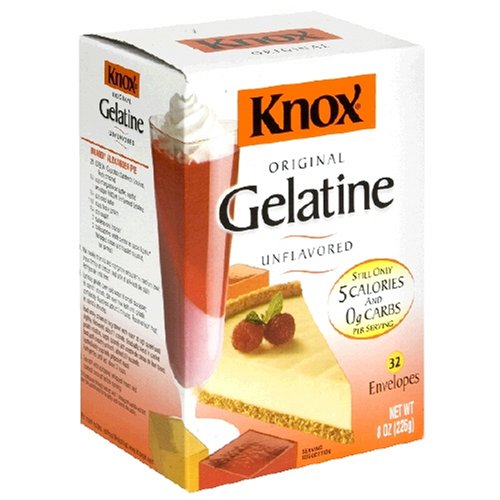If anything this thread shows the wide range of different temps that can be generated by the yeast during fermentation....seems anywhere from 3 to 10 degrees depending on the gravity / yeast strain / pitching rate.
I'd like to disagree with that.
Let's be honest, those experienced brewers who pay attention to their temps would be able to tell you right off the bat how much their wort temp increases in general. If you are making a 5% session, then you should know how likely it is that the wort will be increasing.
Instead, people were grasping at the 'exceptions' and saying it could be anything in some 'wide range'. And the temps were 'up in the air'. Like a lottery or shaking an 8-ball.
That is simply misleading and not good info that anyone can benefit from.
If you have brewed 250 batches, then you
should know the answer easily to this question if you pay attention to your temps. If you don't know the answer to this than I don't know what to say.
From what I've gathered, my 5% session beer will be 3-5 degrees above ambient. I'm going to factor for 4 degrees to keep it in the middle. When the temp drops, I'll start to raise the temp day by day by 1 degree. Keep the temps stable (according to Jamil).
This basically drives home the point that the easiest thing to do is control the temp of fermentation based on actual wort temp and not ambient temp...
The problem with this, is that there is a 12 hour lag (i think Palmer said this) or so from the air change to the wort change. You actually want to stay 1 step ahead of where you know the temp will go next. So if your wort goes to 66, your temp gauge will get flagged to cool down by 1 degree. By this time it's too late because the temp has increased.
I thought people would be in touch with their ferment temps through out the ferment cycle. I guess not that many pay attention to it. Jamil promotes a stable temp throughout the whole process. The later in the ferment, the more the temp can increase he says without any ill effects. I think he said it's the beginning few days that determine what will happen later on.
if things were still fuzzy to the OP I would suggest reading "how to brew" by John Palmer....sometimes it helps to have a basic understanding of the brewing / fermenting process.

That's all I've been listening to all day.
Last night I heard Palmer say to stop sparging. He said that the lower efficiency, the better the wort and better the beer. He said to ADD
hot water to the boil kettle to bring it to pre-boil volume and not to sparge.
I'm now fascinated with this no sparge method if it will produce this great wort that he mentions.
If you don't believe me, goto
http://thebrewingnetwork.com/shows/553
141 min and here him talk about 'stop sparging'. He's saying to get 14lbs of malt. Wow! You should listen the man himself talk about this!








